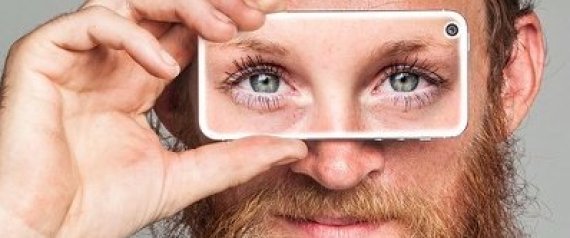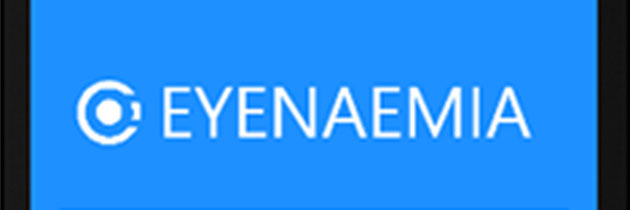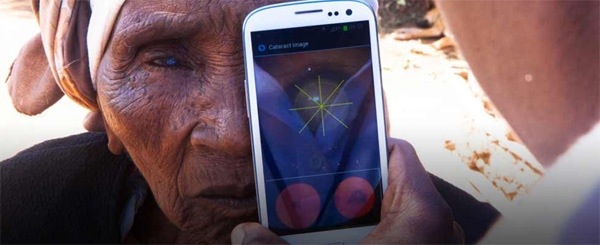VisionAtHome Wins $750K Google Prize To Bring Eye Testing To Global Communities
A team from Melbourne’s Centre for Eye Research Australia (CERA) has won this year’s Google Impact Challenge.
Medical doctor and PhD candidate Dr William Yan successfully pitched the team’s project, which uses a software algorithm to perform accurate, evidence-based visual acuity testing via webcam and Internet connection.
VisionAtHome’s aim is to help rural, remote and mobility-impaired users access and perform eye testing at home, particularly in areas with limited or no access to ophthalmologists. As Dr Yan explains, “94% of blindness or vision loss in Indigenous Australians is preventable or treatable. Less than 1% of eye specialists work in remote Australia, but almost all these areas have access to the Internet. Time is not on our side to bring changes in infrastructure to remote Australia, given its vastness, so telemedicine is a means of bridging the gap sooner.”

Dr William Yan, Project Lead of VisionAtHome. Photo: Centre for Eye Research Australia
CERA Principal investigator and Professor of Ophthalmic Epidemiology at the University of Melbourne, Professor Mingguang He was delighted with the outcome, describing VisionAtHome as a “simple hand-held solution for those who live far away from eye specialists. (It) has the potential to help millions of people not only in Australia but worldwide.“ This can expand to global areas of need beyond Australian communities, including the elderly, children, the physically disabled, and resource-poor settings in developing countries. In future, VisionAtHome aims to include Ishihara and visual field testing.
The Google Impact Challenge helps non-profits that use technology to solve social problems. The prize from Google will help CERA’s team translate their software to smartphone and mobile device applications, and undertake further research including clinical trials. For more information please visit cera.org.au.
By: Louise Teo
Read More




